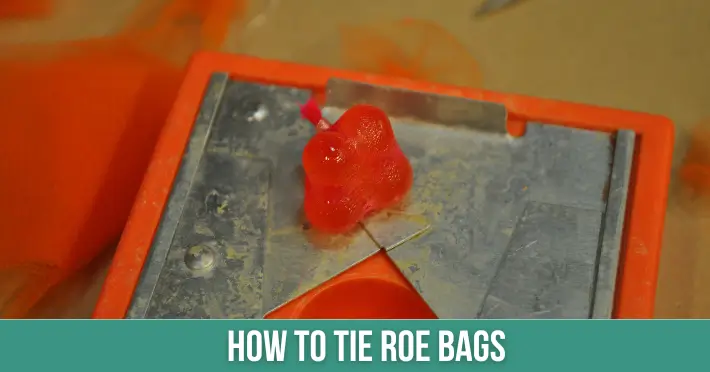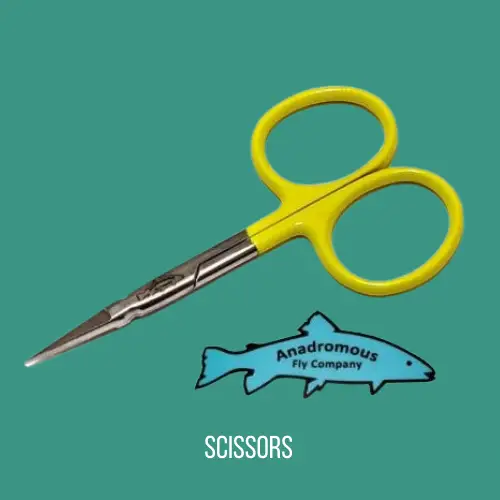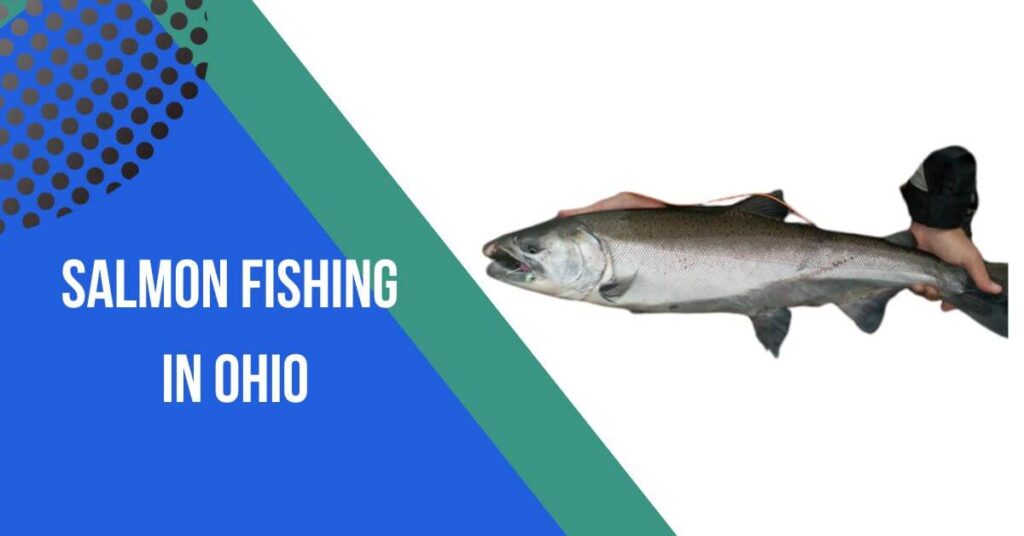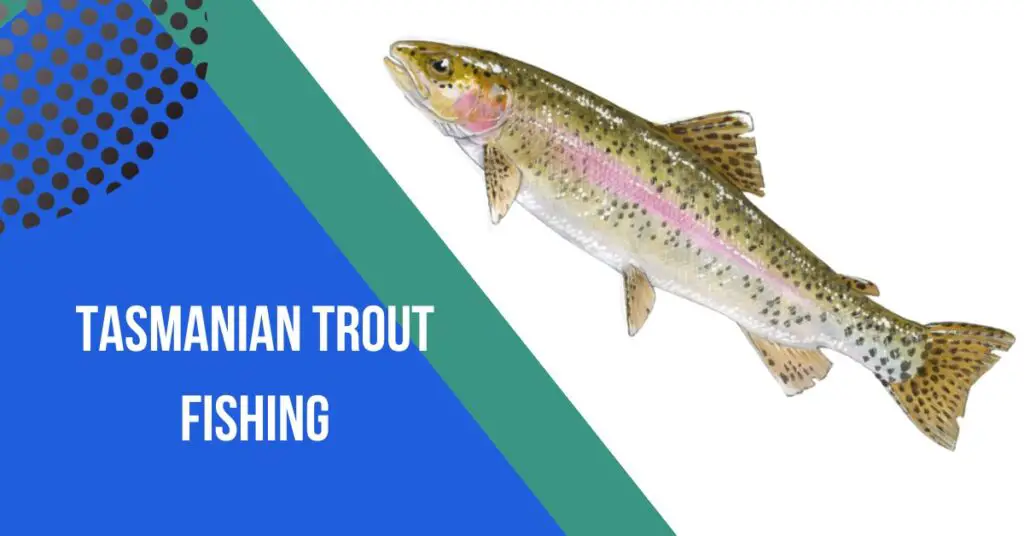Contents
- 1 How To Tie Roe Bags:
- 2 Materials Needed:
- 3 Fresh Salmon or Trout Roe:
- 4 Cheesecloth or Mesh Netting:
- 5 Scissors:
- 6 Fishing Line:
- 7 Work Surface:
- 8 Cheesecloth Or Mesh Netting:
- 9 Cheesecloth:
- 10 Mesh Netting:
- 11 Creating The Roe Bag:
- 12 Gathering Edges To Form A Pouch:
- 13 Securing The Pouch With Tight Knots:
- 14 FAQs:
- 15 1. Why use roe bags as bait?
- 16 2. What materials can be used for tying roe bags?
- 17 3. How do I adjust the size of the roe bag?
- 18 4. How do I secure the roe bag with tight knots?
- 19 5. Can I store roe bags for later use?
- 20 6. Are there alternative materials for tying roe bags?
- 21 7. How do roe bags enhance fishing success?
Tying roe bags is a fundamental skill for anglers looking to enhance their fishing experience, especially when targeting species like salmon or trout. Roe bags, also known as spawn bags, are effective bait for enticing these fish. To create a roe bag, start by selecting fresh, high-quality salmon or trout roe.
Place a small amount of roe in the center of a square piece of cheesecloth or mesh netting. Carefully gather the edges, creating a pouch around the roe, and secure it with a series of tight knots.
Adjust the size of the bag based on your target fish and the fishing conditions. the art of tying roe bags can significantly improve your chances of a successful catch, making it a valuable skill for any angler’s repertoire.
How To Tie Roe Bags:
Tying roe bags is crucial in fishing, particularly when targeting species like salmon and trout, for several reasons:

Effective Bait: Roe bags, also known as spawn bags, serve as highly effective bait. The natural scent and texture of fresh roe can attract and entice fish, making it a preferred choice for anglers.
Mimicking Natural Prey: Many fish species, especially salmon and trout, feed on the eggs of other fish in their natural habitat. Roe bags closely resemble the natural prey of these fish, increasing the likelihood of attracting bites.
Versatility: Tying roe bags allows anglers to experiment with different sizes and variations, adapting to the preferences of the target fish and varying fishing conditions. This versatility enhances the angler’s ability to tailor their approach for optimal results.
Year-Round Applicability: Roe bags can be effective throughout the fishing season, providing anglers with a reliable bait option. Whether fishing in rivers, lakes, or streams, roe bags remain a versatile and consistent choice.
Increased Success Rates: the skill of tying roe bags can significantly improve an angler’s success rates. Properly tied roe bags are more likely to stay intact during casting and in the water, ensuring that the bait is presented attractively to the fish.
Adaptability to Regulations: In some areas, regulations may restrict the use of certain baits or lures. Roe bags can be a compliant alternative, allowing anglers to abide by fishing regulations while still using a highly effective bait.
In summary, the importance of tying roe bags lies in their effectiveness as bait, their versatility in various fishing conditions, and their ability to mimic natural prey, ultimately contributing to an angler’s success in catching fish, especially salmon and trout.
Materials Needed:
To tie roe bags for fishing, you’ll need a few essential materials. Here’s a list of the materials you’ll require:
Fresh Salmon or Trout Roe:
Choose high-quality, fresh roe for optimal effectiveness as bait.
Cheesecloth or Mesh Netting:
Select a material that is porous enough to allow the scent of the roe to disperse but sturdy enough to hold the eggs securely.
Scissors:

A pair of sharp scissors will be necessary for cutting the cheesecloth or mesh netting to the desired size.
Fishing Line:
Use a durable and strong fishing line to tie the knots securely and to attach the roe bag to your fishing rig.
Work Surface:
Clear and clean workspace where you can lay out your materials and tie the roe bags without any interference.
Having these materials prepared and organized before you start tying roe bags will make the process smoother and more efficient. Adjust the quantities and sizes based on your fishing preferences and the specific conditions of your fishing expedition.
Cheesecloth Or Mesh Netting:
When choosing between cheesecloth and mesh netting for tying roe bags, both materials have their advantages, and the decision may depend on personal preference and the specific requirements of your fishing situation. Here’s a brief overview of each:
Cheesecloth:
Advantages:
- Soft and porous, allowing the scent of the roe to disperse in the water.
- Easy to work with and tie into knots.
- Readily available in most kitchen or craft supply stores.
Considerations:
- May break down more quickly than mesh netting.
- May be more susceptible to damage from fish teeth.
Mesh Netting:
Advantages:
- Durable and less likely to break during casting and in the water.
- Offers good breathability for the scent to attract fish.
- It can withstand rougher conditions and handling.
Considerations:
- It may be more challenging to work with compared to cheesecloth.
- May have a coarser texture that some anglers find less natural.
Ultimately, the choice between cheesecloth and mesh netting depends on your preferences and the specific conditions of your fishing environment. Some anglers even experiment with a combination of both materials to benefit from the strengths of each. It’s recommended to test and observe the performance of roe bags tied with different materials to determine what works best for your fishing needs.
Creating The Roe Bag:
Creating a roe bag is a straightforward process that involves enclosing fresh salmon or trout roe in a suitable material to serve as an effective fishing bait. Begin by selecting a square piece of cheesecloth or mesh netting. Place a small amount of fresh roe in the center of the material, ensuring it is evenly distributed.
Gently gather the edges of the material, creating a pouch around the roe. Use your fingers to secure the edges together, forming a bundle that encapsulates the roe.
Once the roe is enclosed, tie a series of tight knots to secure the pouch and prevent the roe from falling out during casting or when submerged. Adjust the size of the roe bag based on your target fish and the fishing conditions, ensuring it is neither too bulky nor too sparse.
This simple yet crucial process of creating a well-tied roe bag enhances its effectiveness as bait, increasing your chances of a successful catch.
Gathering Edges To Form A Pouch:
Gathering the edges to form a pouch is a key step in creating a roe bag, contributing to its effectiveness as fishing bait. After placing the desired amount of fresh salmon or trout roe in the center of a square piece of cheesecloth or mesh netting, gently lift the corners or edges of the material.
Bring them together, allowing the roe to collect at the center and create a pouch-like structure. This process helps encapsulate the roe securely within the material, ensuring that it stays contained during casting and in the water.
As you gather the edges, use a careful and controlled motion to avoid displacing the roe. The goal is to create a well-defined pouch that holds the roe snugly, allowing the scent to disperse while keeping the eggs intact.
Once the edges are gathered and the roe is enclosed, proceed to tie a series of tight knots to seal the pouch and complete the roe bag. This step is crucial for maintaining the integrity of the bait and increasing its attractiveness to target fish.
Securing The Pouch With Tight Knots:
Securing the pouch with tight knots is a critical step in the process of creating a roe bag for fishing. After gathering the edges of the cheesecloth or mesh netting to form a pouch around the fresh salmon or trout roe, the next step is to tie the pouch securely.
Use your fingers to twist and manipulate the material, closing the opening and ensuring that the roe is contained within the pouch.
When tying the knots, aim for tightness and stability to prevent the rope from escaping during casting or when submerged in the water. Begin by creating a single knot, then follow up with additional knots to reinforce the seal. The number of knots may vary based on personal preference and the texture of the material used, but the goal is to achieve a firm closure.
Testing the strength of the knots by gently pulling on the ends can help ensure the roe bag is securely fastened. Well-tied knots contribute to the overall durability of the roe bag, increasing its effectiveness as bait and improving the chances of a successful fishing experience.
Once the pouch is securely tied, the rope bag is ready to be attached to your fishing rig and cast into the water to attract the target fish.
Conclusion:
In conclusion, the art of tying roe bags is a valuable skill for any angler. These carefully crafted bait pouches, made from fresh salmon or trout roe, enhance the chances of a successful catch, particularly when targeting species like salmon and trout.
The versatility in adjusting bag sizes and the adaptability to various fishing conditions make roe bags a reliable choice. By securing the pouch with tight knots and considering practical tips for freshness and storage, anglers can significantly improve their success rates.
Tying roe bags not only mimics the natural prey of fish but also aligns with fishing regulations in some areas. Ultimately, the importance of this skill lies in its effectiveness as bait, contributing to a more rewarding and enjoyable fishing experience.
FAQs:
1. Why use roe bags as bait?
Roe bags are an effective bait, especially for species like salmon and trout, as they mimic the natural prey of these fish. The scent and texture of fresh roe attract fish and increase the chances of a successful catch.
2. What materials can be used for tying roe bags?
Common materials include cheesecloth and mesh netting. Cheesecloth is soft and porous, while mesh netting is durable and less prone to breaking. Some anglers experiment with a combination of both materials.
3. How do I adjust the size of the roe bag?
Adjust the size based on your target fish and fishing conditions. Experiment with different amounts of roe and variations in pouch size to find what works best in specific situations.
4. How do I secure the roe bag with tight knots?
After gathering the edges to form a pouch, use your fingers to tie a series of tight knots. Ensure the knots are firm and secure to prevent the roe from escaping during casting or in the water.
5. Can I store roe bags for later use?
Yes, you can store roe bags for later use. Keep them in a cool environment, and consider using airtight containers or bags to maintain freshness. Check local fishing regulations for any guidelines on storing bait.
6. Are there alternative materials for tying roe bags?
While cheesecloth and mesh netting are common, some anglers may use other porous materials like synthetic fabrics or specialized bait bags. Experimentation can help determine what works best for you.
7. How do roe bags enhance fishing success?
Well-tied roe bags disperse the scent of fresh roe, attracting fish. Their adaptability to different conditions and compliance with fishing regulations make them a versatile and effective choice for anglers.







